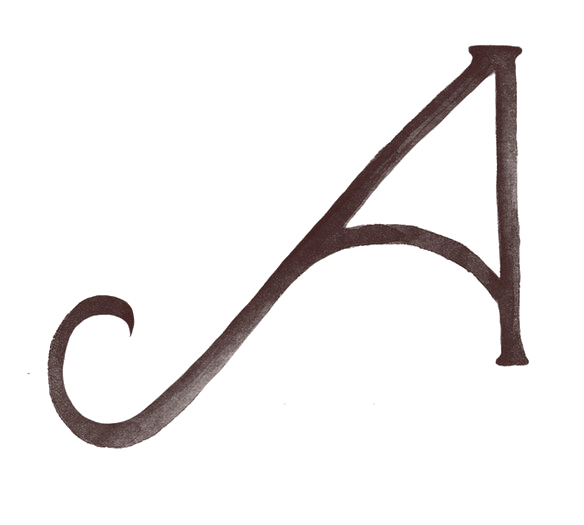Tips for better proofreading
I recently ran a one-day course on proofreading for RMIT.
Preparing the material was an interesting exercise in thinking about what makes good proofreading technique. After all, we’re not machines, our brains are quicker than our eyes and we are vry gd at fillng in the gps whn lttrs are mssing. So how do you stay focused and avoid missing errors?
My first tip is don’t try to do everything at once. When approaching a new document I work in sweeps, going from the bigger elements, such as headings and captions, and working my way up (down?) to the detail of the text.
I start by going through the headings, checking that styling and numbering is consistent, (e.g. title or sentence case, left or centre alignment, sequential numbering). I find it’s a good warm up. I’m getting my eye in for the style and scope of the document, and I am only on the look out for a few things. If I had to remember to check for each of these style elements as I went along, I’d be bound to miss something.
After this I might do another sweep looking at caption styles or other elements, or I might leave that for when I need a break from proofing the body copy. Whatever order I choose, I keep a list of what I’ve done so I don’t forget anything.
I also make a note of any style choices I’ve made, such as spelling out numbers under ten, if there is no existing style sheet to follow. It’s good to make these notes even if proofing your own work. Memory aids like this free your brain for other detail.
My second tip is, when it comes to proofing the main text, only ever make one slow and careful pass. Reading something over and over is unlikely to turn up more mistakes. The more familiar you are, the less you see.
There are a number of techniques to help stop your eye skipping ahead and missing errors. Some people follow each word with a pencil, some read out aloud. I use the ruler technique. When working on paper I hold a ruler under the line I’m reading. On screen I set the page at 200% and use the edge of a piece of dark A4 cardboard. I also voice each word in my head.
My final tip is to pace yourself. Take regular breaks and don’t expect to be at it for hours at a time. If I go at it too long I become a kind of automaton – I can hear the words in my head, but they lose meaning.
Another A story to tell... editor Heather Kelly, agrees: “When starting a proofreading job, the first thing I do is get a feel for the document by reading a few pages or chapters. This allows me to note any style peculiarities (though hopefully the client has provided a style sheet) and to see how it is laid out, any notes and/or references and generally get my head into the right space for this particular material.”
Whether you’re proofing your own work (which is not ideal but sometimes the only choice) or someone else’s, the key is to be methodical. Proofing your own work is fraught with danger because, says Heather, the most challenging aspect of proofreading is knowing that she will be the last person to check the material before it goes into print or online.
These tips might work for you, or they might lead you to develop some techniques of your own.
Good luck.
May your words pour onto the page,


